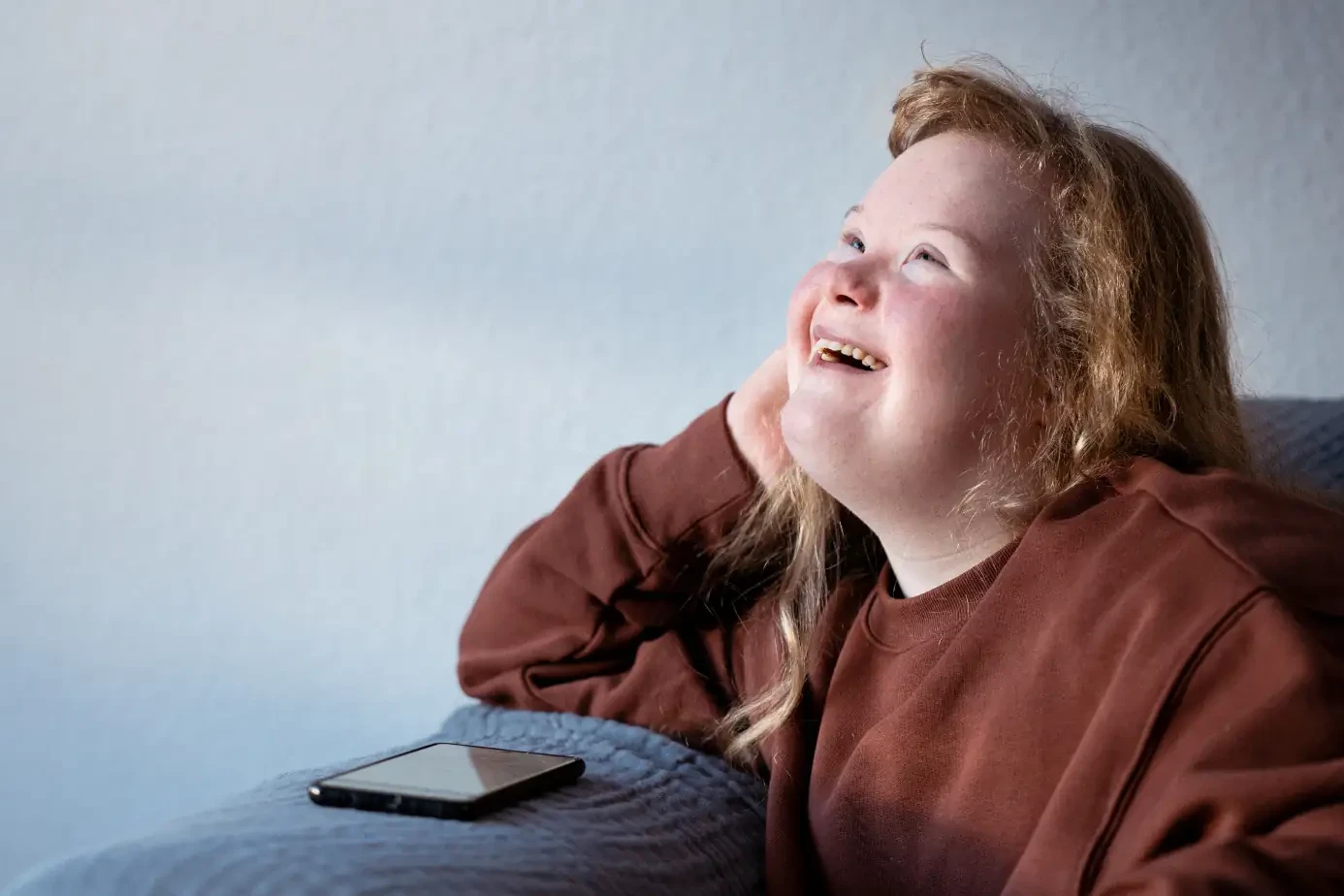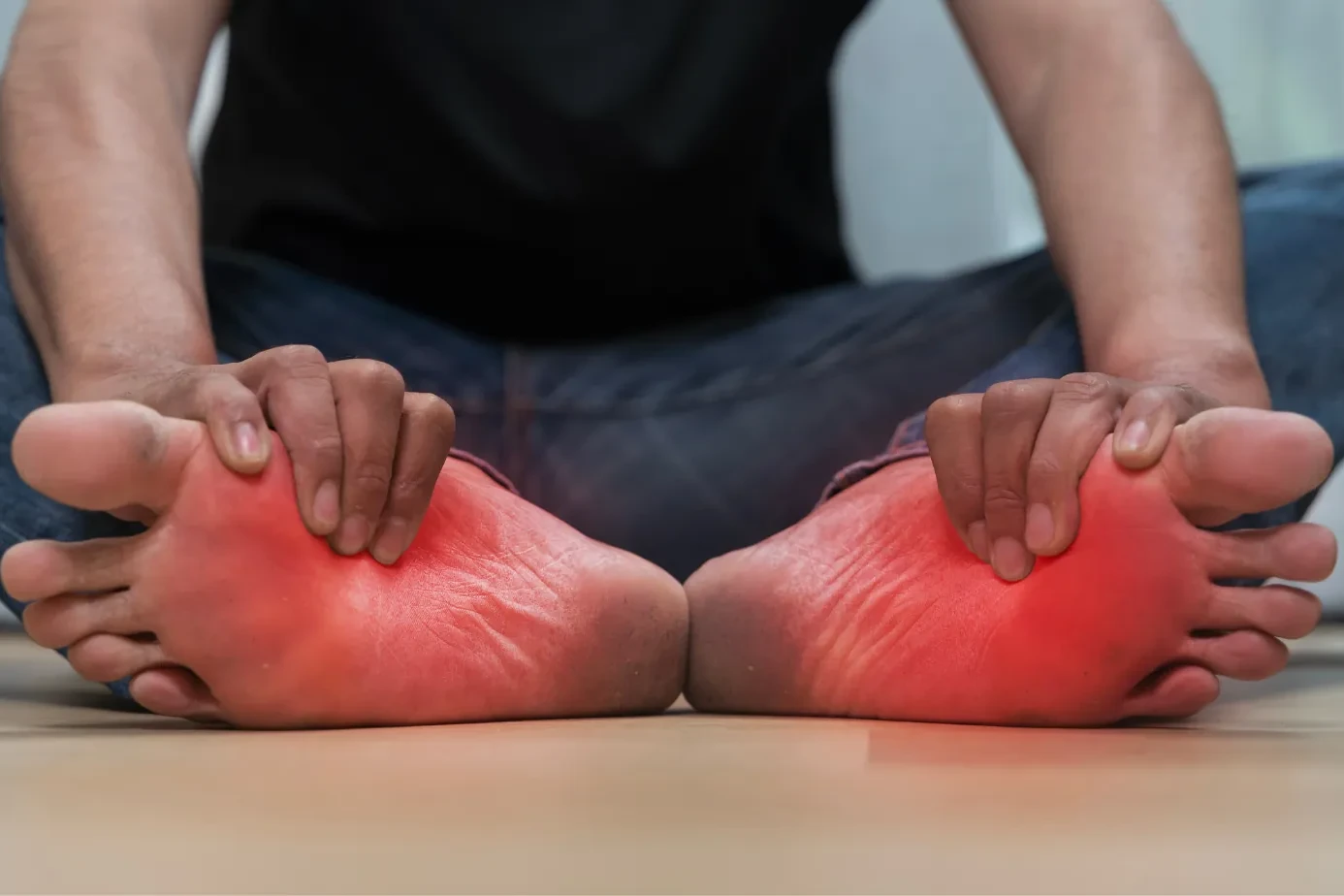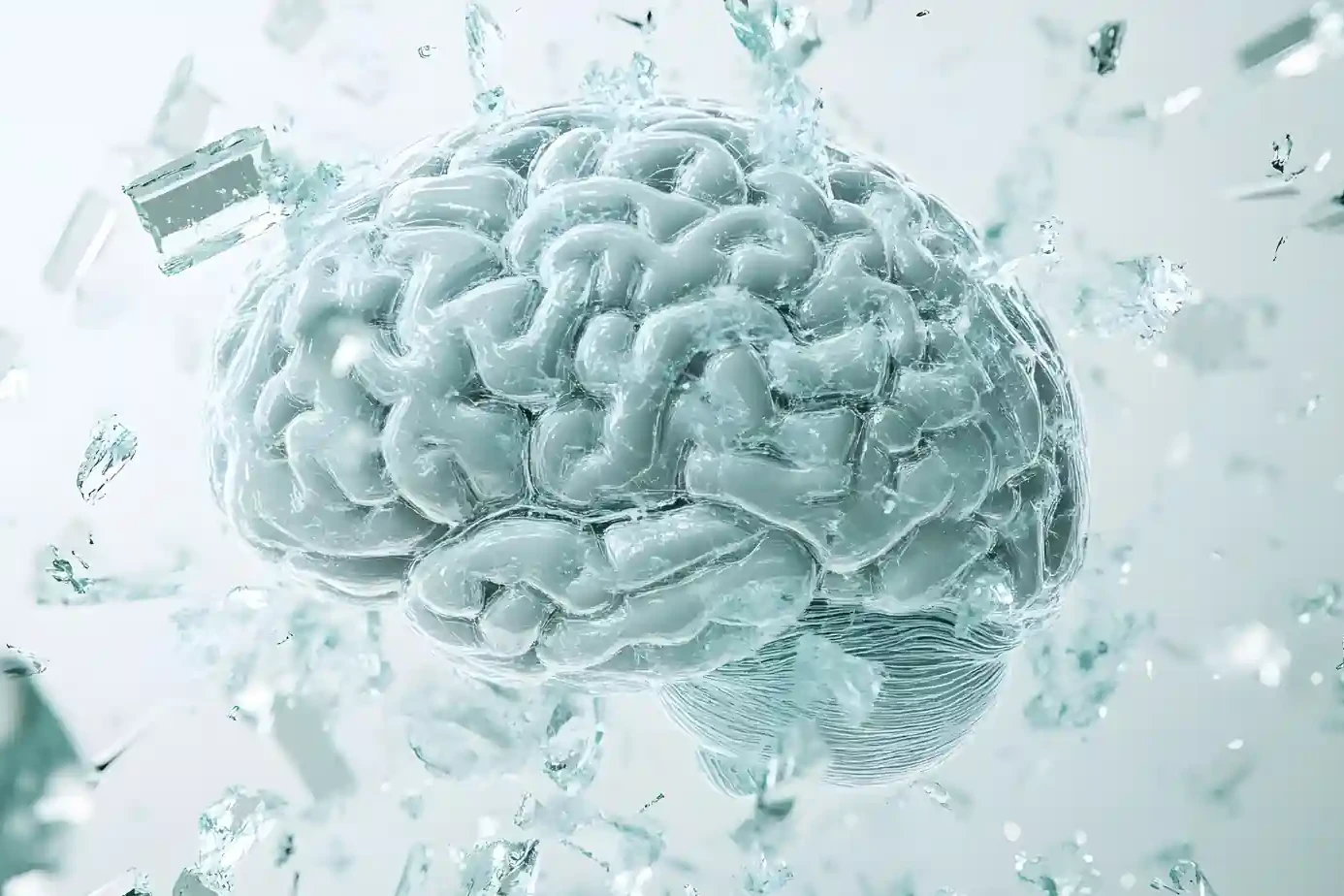Ankylosing spondylitis (AS) is a chronic inflammatory disorder that primarily affects the spine, causing pain and stiffness. It can lead to the fusion of vertebrae, resulting in reduced flexibility and a hunched-forward posture. While there is no cure for AS, early diagnosis and appropriate management can significantly improve the quality of life. This article delves into Ankylosing Spondylitis: Symptoms, causes, and treatment options, offering a comprehensive overview of this condition.
What is Ankylosing Spondylitis?
Ankylosing Spondylitis is a type of arthritis that causes inflammation of the spinal joints, which can lead to severe, chronic pain and discomfort. Over time, this inflammation can cause some of the vertebrae in the spine to fuse, reducing flexibility and potentially leading to a hunched posture. In severe cases, it can affect the ribs, making breathing difficult. The disease often begins in early adulthood and is more common in men than women.
Ankylosing Spondylitis Causes
The exact cause of ankylosing spondylitis is unknown, but genetic factors play a significant role. The presence of the HLA-B27 gene is strongly associated with the disease. However, not everyone with this gene develops AS, suggesting that other genetic and environmental factors may also contribute to its onset.
Ankylosing Spondylitis Symptoms
The symptoms of ankylosing spondylitis can vary greatly but typically include:
- Pain and Stiffness: Initial symptoms often include pain and stiffness in the lower back and hips, especially after periods of inactivity or in the mornings.
- Reduced Flexibility: Over time, affected areas, particularly the spine, may lose flexibility. This can result in a hunched-forward posture.
- Breathing Difficulties: If the ribs are affected, it can limit the chest expansion and cause difficulty breathing.
- Pain in Specific Areas: Pain can also occur in the areas where tendons and ligaments attach to bones, such as the spine, ribs, and pelvis.
Seek medical assistance if you experience persistent pain that worsens in the morning or after inactivity, as early intervention can prevent more severe complications.
Ankylosing Spondylitis Diagnosis
Diagnosing AS typically involves a combination of clinical evaluation, imaging, and laboratory tests:
- Physical Examination: A physician may check for symptoms like pain, stiffness, and reduced flexibility in the spine. Tests may include asking the patient to bend in different directions to assess range of motion.
- Imaging Tests: X-rays and MRI scans can reveal changes in the spine and joints. MRI is particularly useful for early detection, as it can show inflammation before significant damage occurs.
- Lab Tests: Blood tests may be used to check for markers of inflammation or the presence of the HLA-B27 gene.
Consulting a qualified specialist, such as Dr. Chandril Chugh, is essential for an accurate diagnosis and appropriate treatment plan.
Ankylosing Spondylitis Treatment
While ankylosing spondylitis cannot be cured, several treatment options can help manage symptoms and prevent progression:
- Medications: Non-Steroidal Anti-inflammatory Drugs (NSAIDs) are commonly prescribed to reduce inflammation and relieve pain. In some cases, biologics and disease-modifying antirheumatic drugs (DMARDs) may be used.
- Therapy: Physical therapy is crucial for maintaining flexibility and strength. A therapist can design specific exercises, including stretching, posture training, and strengthening exercises, to help manage symptoms.
- Surgery: Although rare, surgical intervention, such as joint replacement, may be necessary in severe cases where joints are severely damaged.
- Lifestyle Changes: Staying active, practicing good posture, quitting smoking, and following a healthy diet can support overall health and reduce the impact of AS.
Ankylosing Spondylitis: Risks and Complications
The risk factors for ankylosing spondylitis include:
- Gender: AS is more common in men than women.
- Age: The disorder often begins in early adulthood, typically between ages 20 and 40.
- Genetics: A family history of AS or the presence of the HLA-B27 gene increases the risk.
Complications can include:
- Spinal Fusion: In severe cases, the vertebrae may fuse, leading to reduced flexibility and a hunched posture.
- Eye Inflammation (Uveitis): AS can cause uveitis, leading to eye pain, sensitivity to light, and blurred vision.
- Heart Problems: Inflammation can affect the heart and aorta, potentially leading to aortic valve disease.
Managing Ankylosing Spondylitis During Covid-19
While ankylosing spondylitis does not directly increase the risk of contracting Covid-19, managing the disease during the pandemic is crucial. Vaccination can help reduce the risk of severe illness. If you have AS, discuss with your healthcare provider the best approach to vaccination and disease management.
For more detailed information on ankylosing spondylitis, visit Ankylosing Spondylitis.
Conclusion
Ankylosing spondylitis is a chronic, progressive disease that requires comprehensive management to alleviate symptoms and prevent complications. Early diagnosis and a combination of medical treatments, physical therapy, and lifestyle changes can significantly improve patient outcomes. If you experience any symptoms associated with AS, consult a healthcare provider promptly to begin an effective treatment plan.
FAQs
How does ankylosing spondylitis usually begin?
Ankylosing spondylitis often begins with stiffness in the joints and back pain, particularly noticeable in the morning or after periods of inactivity. The symptoms can progress gradually.
Can ankylosing spondylitis affect anyone?
Yes, ankylosing spondylitis can affect anyone, although it is more common in men. The disease usually starts in early adulthood, often between the ages of 20 and 40.
What is the most serious complication of the disease?
One of the most serious complications is difficulty breathing due to the fusion of the rib cage, which can limit chest expansion and lung capacity.
Is there a cure for ankylosing spondylitis?
There is currently no cure for ankylosing spondylitis. However, treatments can help manage symptoms and slow disease progression.
How can lifestyle changes help manage ankylosing spondylitis?
Lifestyle changes, such as regular exercise, maintaining good posture, quitting smoking, and following a healthy diet, can help manage symptoms and improve overall health.
Is ankylosing spondylitis associated with other health conditions?
Yes, ankylosing spondylitis can be associated with other conditions, such as uveitis, heart disease, and osteoporosis, increasing the risk of fractures and other complications.
Ankylosing spondylitis is a disorder where inflammation causes few of the smaller bones in the spine or vertebrae to fuse. Ankylosing spondylitis affected areas tend to lose flexibility and bent forward posture. If the disease affects ribs, then it makes breathing difficult. Having the disorder does not raise the risk of contracting Covid-19, but it is safer to get the vaccine. But if you have ankylosing spondylitis after covid, the vaccine helps in reducing the exposure to deadly virus. While it is not fully curable, the Ankylosing spondylitis exercises and Ankylosing spondylitis diet can help in disease management.
About The Author

This article is medically reviewed by Dr. Chandril Chugh, Board-Certified Neurologist, providing expert insights and reliable health information.
Dr. Chandril Chugh is a U.S.-trained neurologist with over a decade of experience. Known for his compassionate care, he specializes in treating neurological conditions such as migraines, epilepsy, and Parkinson’s disease. Dr. Chugh is highly regarded for his patient-centered approach and dedication to providing personalized care.
→ Book a consultation to discover which remedies suit your needs best.




